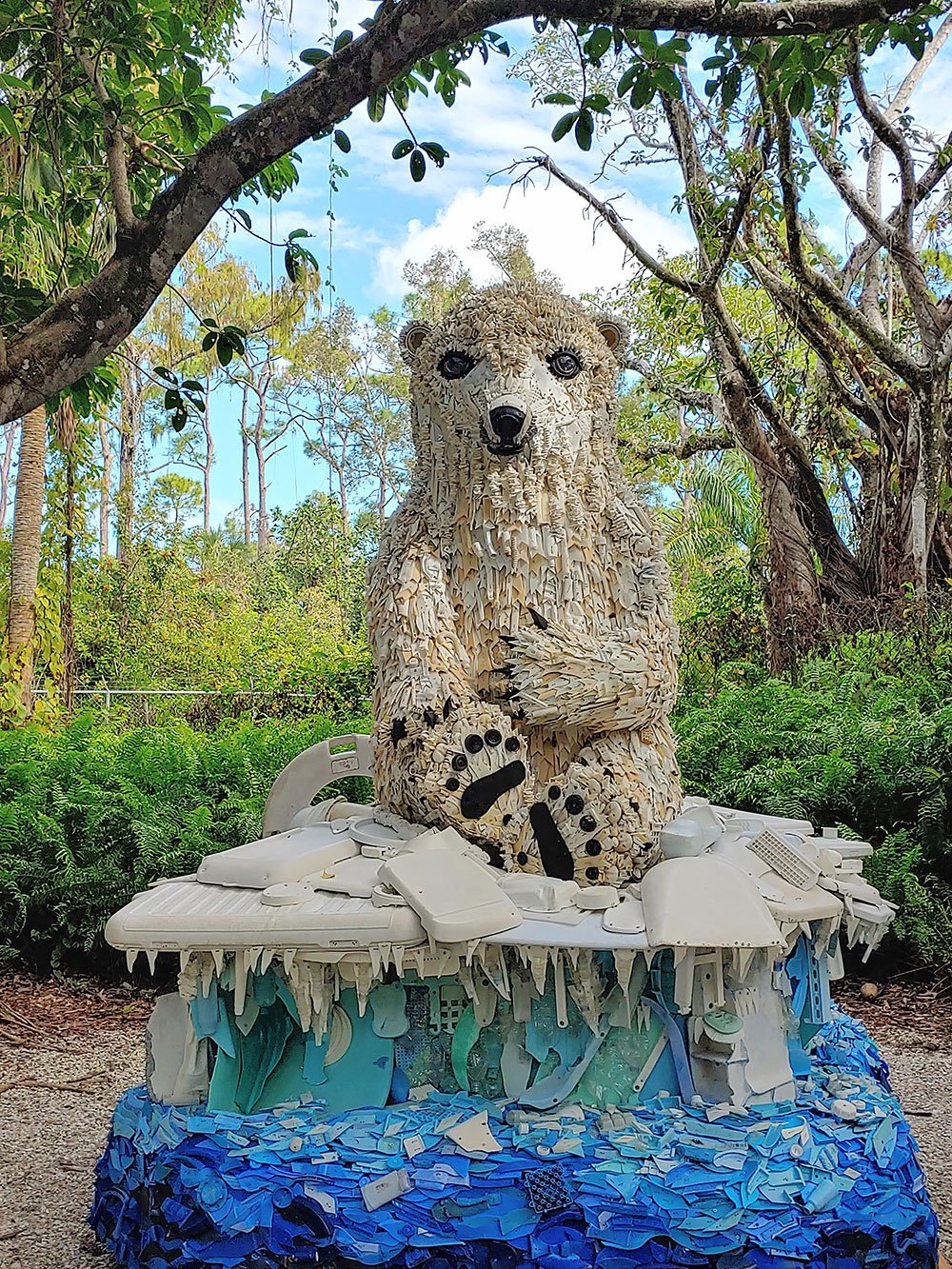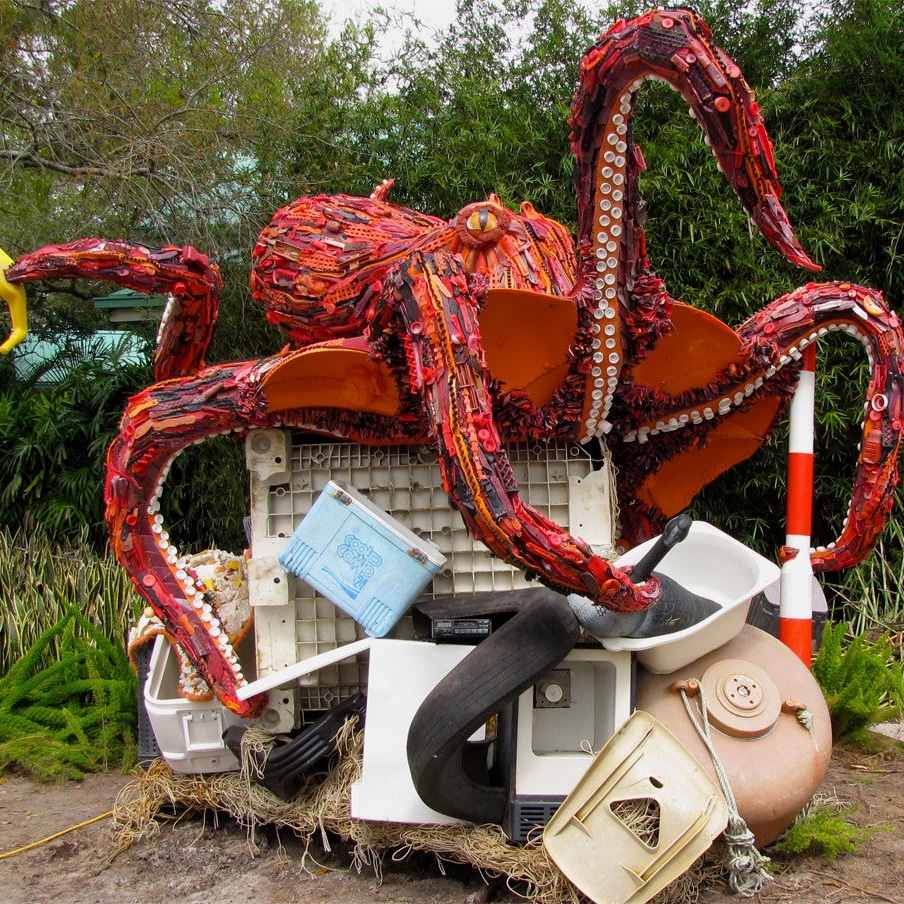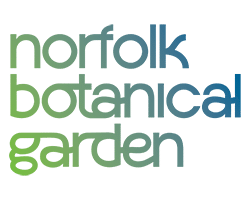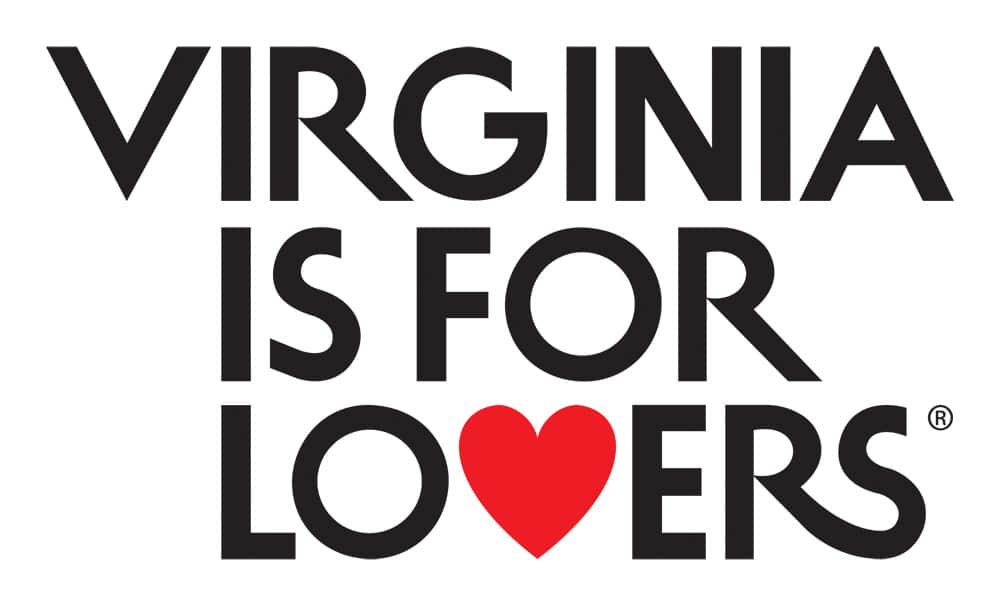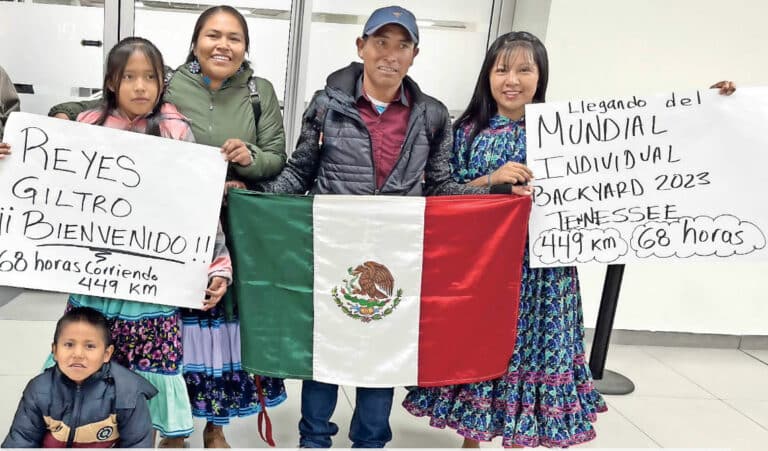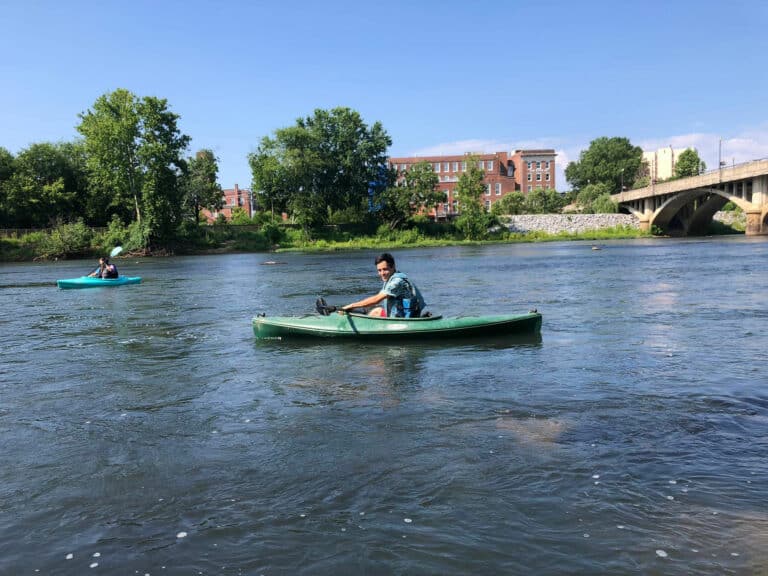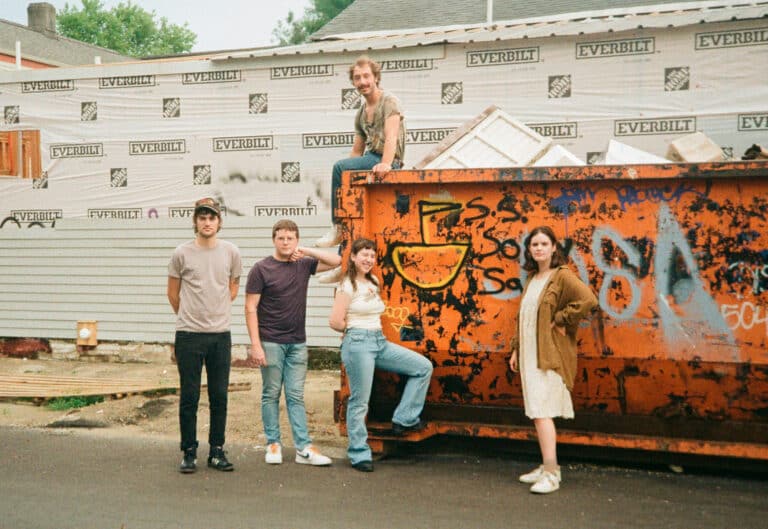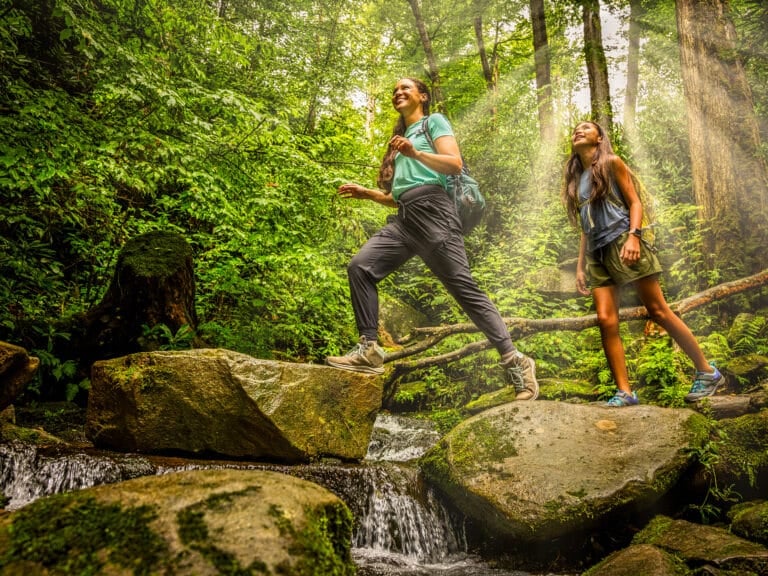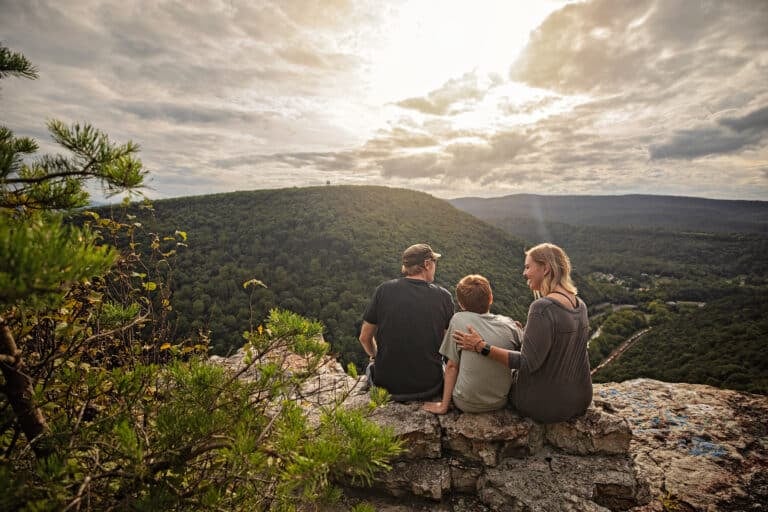Many plants and animals are directly impacted by water because they live in and around lakes, oceans, rivers and wetlands. From June through October 2021, Virginia’s largest botanical garden, Norfolk Botanical Garden (NBG) in Norfolk, will demonstrate that the health of these waterways is vitally important to the health and well-being of everyone and everything on planet Earth—whether they live in the water or not. NBG has partnered with Washed Ashore: Art to Save the Sea to bring a remarkable eye-opening exhibit to Coastal Virginia. Washed Ashore is a non-profit organization with the mission to build and exhibit “aesthetically powerful art to educate a global audience about plastic pollution in the ocean and waterways and spark positive changes in consumer habits.”
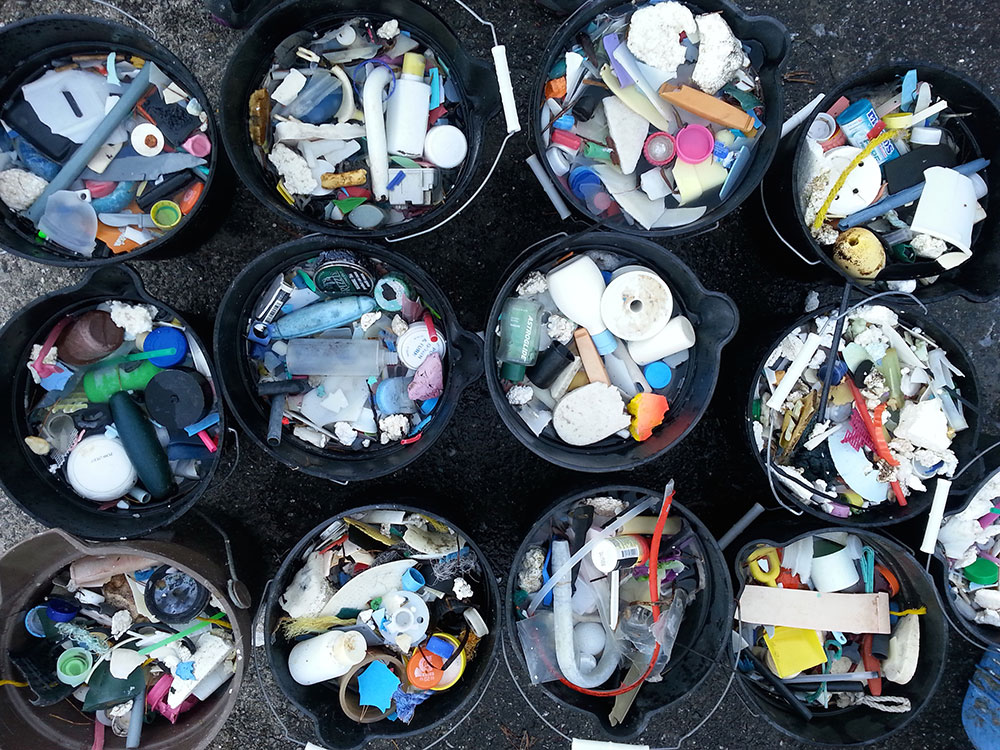
Washed Ashore will consist of fifteen large outdoor sculptures made from plastics that were washed ashore along beach coastlines. Angela Haseltine Pozzi, the artist/founder of Washed Ashore, and her staff and volunteers create sculptures of marine life and animals, endangered by this proliferation of trash in the world’s oceans and waterways. One sculpture, a bald eagle holding a menhaden, is custom made for NBG and will be created from plastic waste found along the shore of local waterways in Coastal Virginia. NBG will coordinate programming focused on aquatic ecology with Washed Ashore’s Integrated Arts Marine Debris Curriculum which was developed in coordination with the National Oceanic & Atmospheric Administration. NBG is also partnering with the nationally recognized Chesapeake Bay Foundation to develop meaningful programming to supplement the interpretive signage that accompanies the sculptures, particularly the new sculpture Eagle with Menhaden. Menhaden are a keystone fish species in the Chesapeake Bay that provides a firsthand example of a local connection to Washed Ashore’s global theme. The exhibit will address the critical importance of this forage fish species to the overall health and biodiversity of the Chesapeake Bay.
The backbone of any botanical garden is science, not just stunning landscapes and beautiful blooms. NBG’s landscape is surrounded by water on three sides and programming integrates topics related to water—nature’s most precious resource. These attributes entice over 450,000 visitors annually who are then encouraged to dig a little deeper to learn about the interconnectedness of the natural world around them. NBG’s educators will design programs with an emphasis on conservation and sustainability in order to promote awareness of the importance of thriving aquatic habitats and the dangers of plastic waste to the overall health of the broader ecosystem. NBG’s educators will also develop activities to engage families such as: aquatic food chains and food web activities that explore the impact people have on wildlife at all levels of the food chain; interpretation of the anticipated impact that sea level rise will have on both fresh and saltwater habitats in Coastal Virginia; and a “Coral Reef” display that uses plants to represent the Great Barrier Reef. The educational component will consist of on-site programs and displays as well as virtual activities through online courses and NBG’s new app for kids and families called Nature Quests which allows them to play games on a smart phone while navigating the campus and learning about the plants and wildlife they encounter along the way.
Each of the sculptures on display will include interpretive signage highlighting the artistic vision and techniques used to create the art, along with the scientific and environmental concepts each conveys to viewers of all ages. Washed Ashore’s website, www.washedashore.org, explains their process and contains links to their educational curriculum. It also showcases images of their sculptures along with several news articles and videos about their work, including a PBS NewsHour segment, a New York Times article, The Kelly Clarkson Show, and more than one article in Smithsonian Magazine.
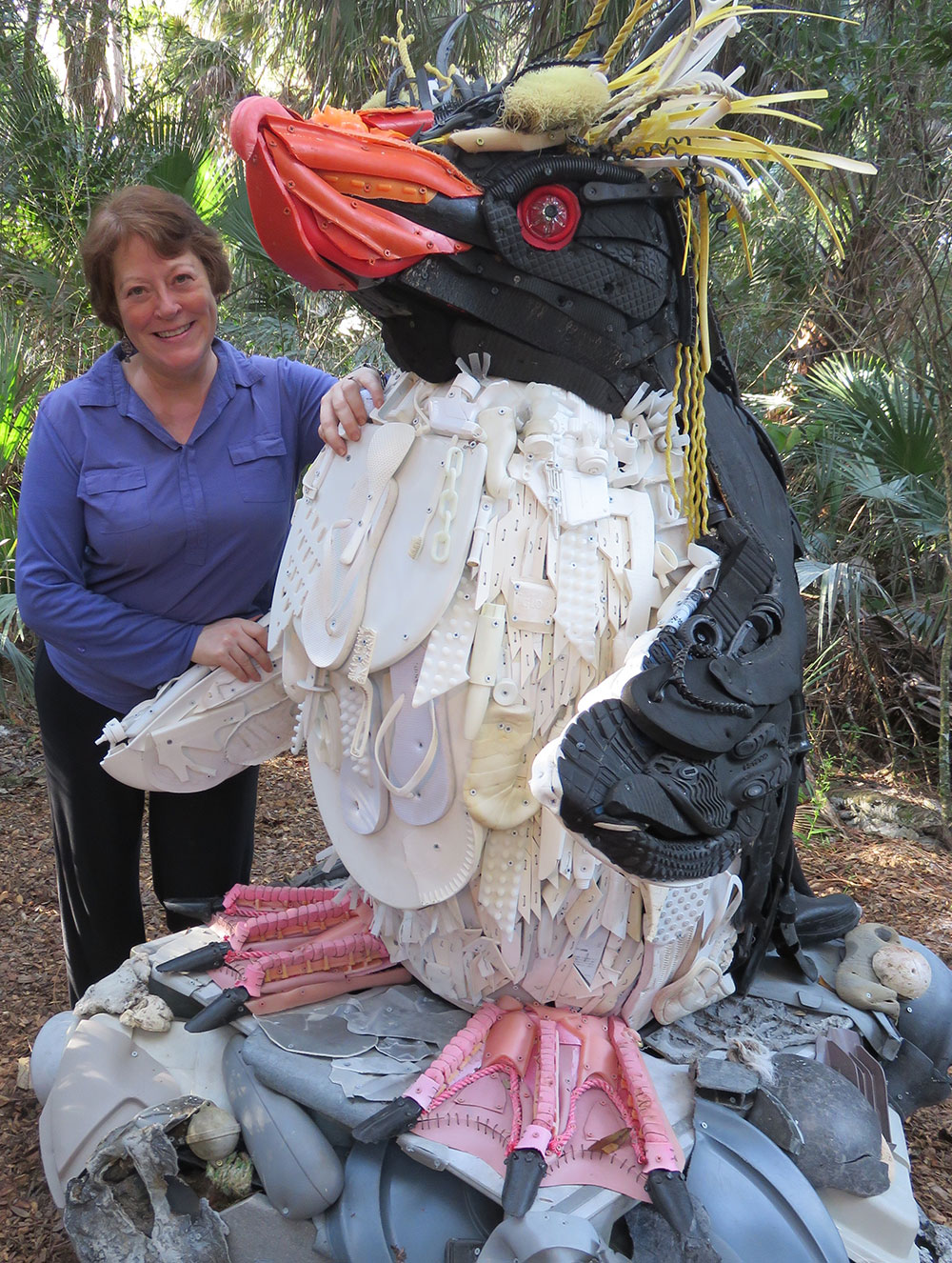
The journey taken by the materials used in each piece conveys a story—from plastic grocery bags, water bottles and bottle caps, plastic netting and packaging, etc.—each demonstrates the volume of plastic waste polluting the Earth’s waters and the damage it causes. Ocean currents mean that pollution on one continent can significantly affect the well-being of people and animals on another. For example, some of the items that have appeared on the Oregon coast arrived due to the March 2011 tsunami in Japan, bringing a wide variety of invasive species who hitched a ride across the Pacific Ocean to other continents. Furthermore, some of the estimated 315 billion pounds of plastic trash in the oceans is mistaken for food—many of the plastic pieces show bite marks from animals who thought they had found a meal and may have died as a result.
Norfolk’s location on the Atlantic coast provides the perfect platform for addressing these critical issues that will impact the future financial and environmental well-being of the community. NBG had already planned programs for 2021 that focused on aquatic ecology and had further partnered with over 30 Coastal Virginia museums and attractions to develop programs around the theme of Home⎮Earth. The Washed Ashore exhibit is a perfect accompaniment to this programming.
Art to save the sea brings much needed attention to the overwhelming plastic pollution in our oceans. It doesn’t stop there, plastics are detrimental to all living things on earth – in the water and on land. There is HOPE! With more than 7.8 billion people on earth, if we all take a step to make at least one change – image the impact we can make. NBGGREEN.org
The ocean’s deadliest predator—trash (Smithsonian Magazine, June 6, 2016).
MADE POSSIBLE BY: THE BATTEN FAMILY EDUCATIONAL ACHIEVEMENT FUND OF THE HAMPTON ROADS COMMUNITY FOUNDATION
